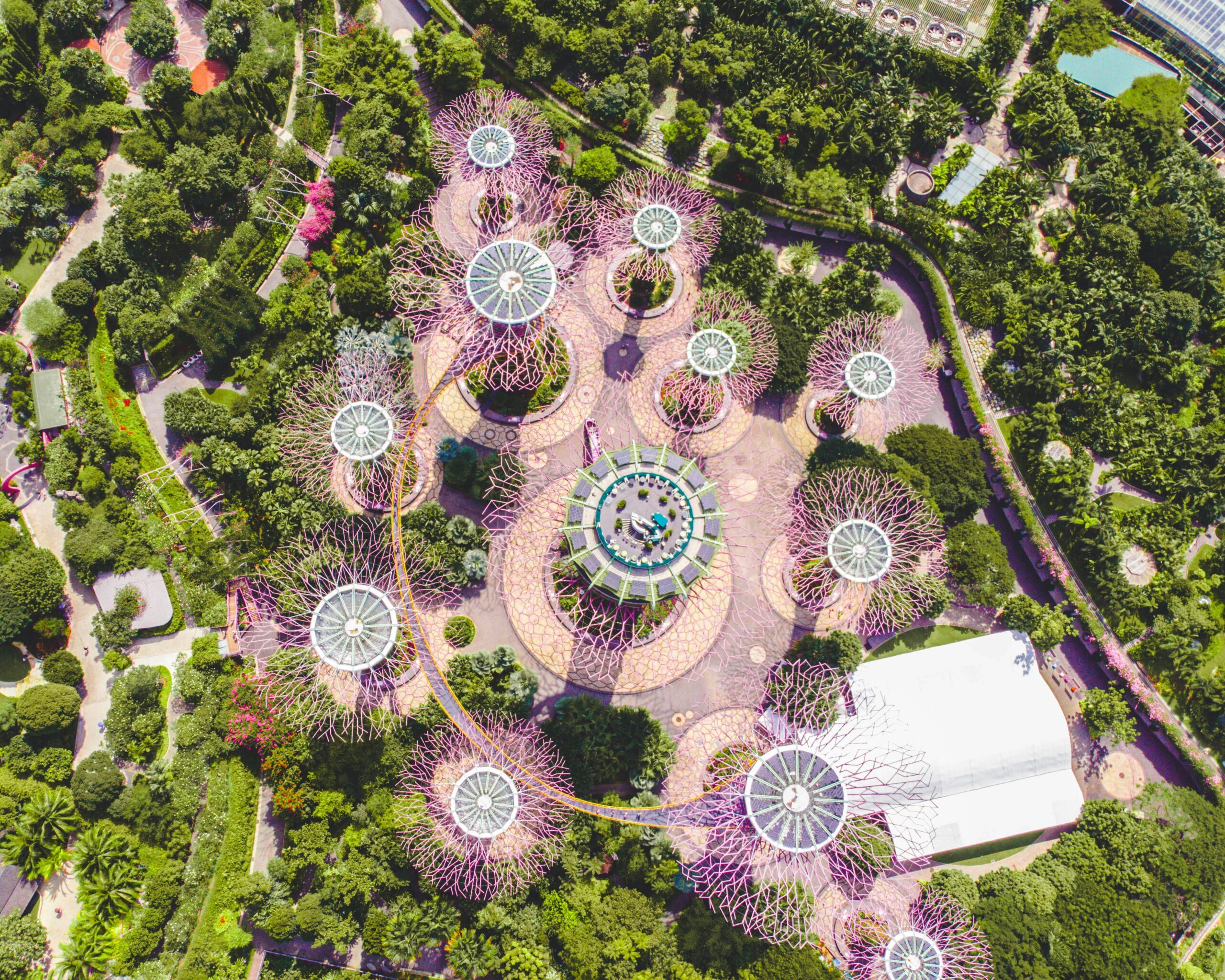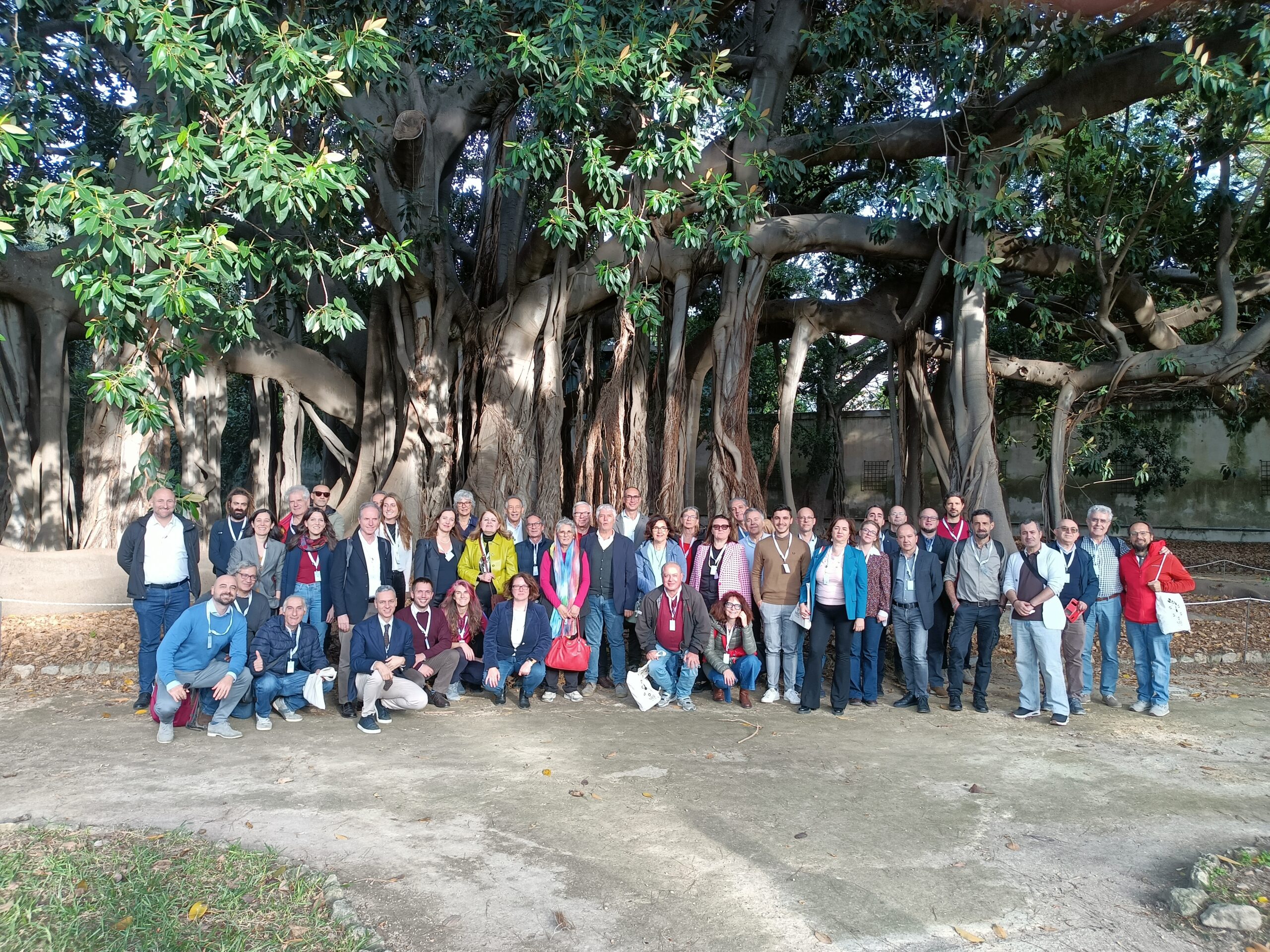The National Biodiversity Future Center (NBFC) has recently published the report “Biodiversity Restoration: Research Experiences and Innovations“ presented on March 18, 2025, at the Botanical Garden of Sapienza University of Rome. This document provides an in-depth overview of strategies, technologies, and replicable models for the ecological restoration of Mediterranean ecosystems, with a particular focus on Nature-based Solutions (NbS).
The NbS proposed by NBFC include interventions across urban, terrestrial, and marine scales: from green roofs and urban wetlands to ecological corridors and the recovery of coastal and underwater habitats. The report features a catalog of NbS developed through scientific experimentation conducted in Italy, with the aim of offering replicable tools for the regeneration of degraded environments.
With over 60 Italian ecosystems in poor health, the European Nature Restoration Law – approved in June 2023 – sets an ambitious goal: to restore at least 30% of degraded areas by 2030 and 100% by 2050. NBFC, the first national biodiversity center funded by the NRRP – Next Generation EU, positions itself as a scientific and technological partner in support of these targets, assisting public institutions and businesses through five key intervention phases: assessment, planning, implementation, monitoring, and maintenance and management.
Among the 10 pilot projects highlighted in the report are: post-fire restoration in Verruca da Montemagno (Tuscany), the reintroduction of the European flat oyster in the lagoon of Nora (Calabria), interventions on Posidonia oceanica, and ecological redevelopment of abandoned agricultural areas near Milan. In urban areas, projects include pollinator meadows at Parco Nord in Milan and the Botanical Garden of Turin. Furthermore, NBFC has initiated collaborations with eight Italian protected areas, including the Madonie Park and the Cinque Terre Marine Protected Area.
The report also emphasizes the value of active citizen participation, which is essential for the sustainability of NbS interventions: from environmental volunteering and citizen science to cultural and educational initiatives. NBFC engages over 800 young researchers, promotes biodiversity education in schools, and creates exhibitions, books, comics, and performances to spread awareness of nature and ecosystem health.
Read the full report.



 Italiano
Italiano





